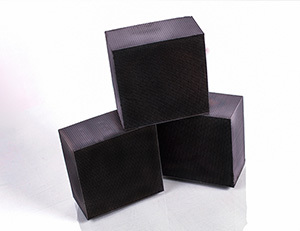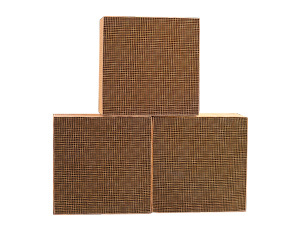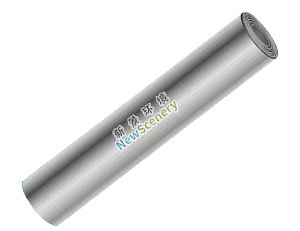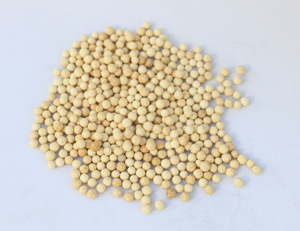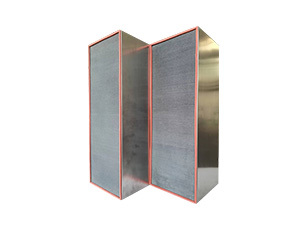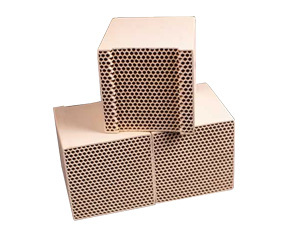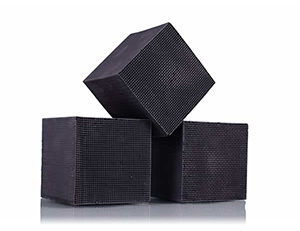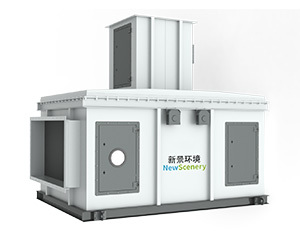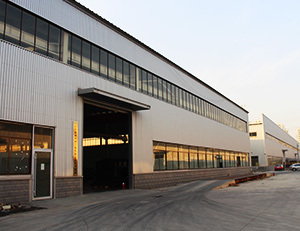Application of zeolite molecular sieve in VOCs treatment
Release time:
2023-09-09
Usually the crystalline silica-aluminate that exists in nature is called zeolite and the synthetic one is called molecular sieve. Zeolite molecular sieve adsorption is the use of physical adsorption, VOCs adsorbed into the molecular sieve internal, and then by increasing the temperature to make the VOCs escape, to complete the adsorption and desorption of the whole process. The adsorption of zeolite molecular sieve is mainly selective adsorption, which utilizes the molecular shape and size of the adsorbent, as well as the molecular polarity and degree of unsaturation.
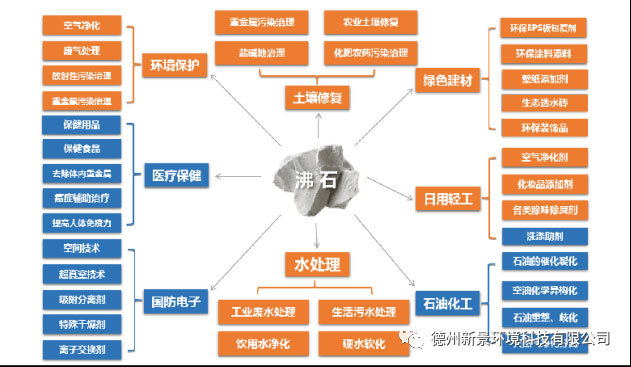
Feature 1.Through the extremely regular connection of silica and alumina, the micropores of the zeolite molecular sieve formed are homogeneous, which makes its adsorption selective and the adsorption efficiency of target pollutants greatly improved.
Feature 2. Changing the ratio of silica and alumina can regulate the adsorption capacity of the molecular sieve. The high silica zeolite molecular sieve significantly changes its hydrophobicity and also its temperature resistance. The expansion of adaptability to VOCs working conditions is realized. Reduce the influence of high humidity environment and ambient temperature change on the adsorption and concentration effect.
Feature 3. Zeolite molecular sieves have the property of sieving molecules through a system of pores and cavities of molecular size (usually 0.3 nm to 2.0 nm) formed by silica-oxygen tetrahedra or aluminum-oxygen tetrahedra linked by oxygen bridge bonds. Oxygen rings are linked by oxygen bridges to form polyhedra with three-dimensional space, polyhedra with hollow cages, and the cage structure is the skeleton structure of molecular sieves. The cages of different structures are then linked to each other through oxygen bridges to form various molecular sieves with different structures. Such as A-type, ZSM-5 and so on. There are ions (sodium, potassium, calcium, etc.) in the structure of zeolite crystals, and through the exchange of cations, the pore size can be changed to achieve more efficient adsorption of target pollutants.
Feature 4. The zeolite material itself is a non-combustible substance, which guarantees safety in application.
From the synthesis of zeolite molecular sieves to the application of integrated devices, the core lies in the selection of different types of zeolite molecular sieves and the optimization of the loading process.
1. Fixed-bed zeolite molecular sieve - Based on the development of fixed-bed activated carbon, a fixed-bed cellular zeolite molecular sieve adsorption bed was formed by changing the adsorption material. Currently a small number of applications in the market. Due to the characteristics of zeolite molecular sieve, its dynamic adsorption capacity is much smaller than that of activated carbon, and the desorption temperature is high (about 250℃). The use of fixed-bed system on the valve airtightness, fixed-bed insulation, the control of the temperature rise of the desorption have increased the complexity of the system. The application of fixed-bed zeolite system, but also need to accumulate experience and optimize the difficult solutions.
2. Disc type zeolite rotor - structure partition for the adsorption area, regeneration area and cooling area of three parts. Generally 10:1:1 partition ratio, there are also used 45 ° desorption zone and 45 ° cooling zone.
Adsorption zone: the windward side of the exhaust gas, the general wind speed is controlled at 2-4Nm/s, and the purification efficiency is generally 90-97%. The purified gas enters the chimney.
Cooling zone: process gas is generally used for cooling, on the one hand, it reduces the temperature of zeolite in the cooling zone, making it adsorptive. On the other hand, heat recovery is realized. This gas is also known as desorption gas.
Desorption zone: the gas after heat recovery, then heating temperature to about 200 ℃, into the desorption zone for cooling. The air volume for desorption and regeneration is generally 10-20% of the inlet gas. When high-temperature regeneration, the maximum temperature can reach about 300 ℃, need to choose high-temperature regeneration type rotor in the design.
Summarize
For the application of zeolite rotor, the common combination of processes are zeolite rotor + combustion system (TO / RTO / CO / RCO), zeolite rotor + activated carbon fixed-bed adsorption + condensation, zeolite rotor + condensation (NMP recycling) and so on. At present, the zeolite rotor system has been called the most efficient adsorption and concentration technology recognized globally, for large air volume, low concentration, continuous working conditions, conventional VOCs, adsorption and concentration of the rotor is the best process choice.
More information
How to choose high quality activated carbon?
2023-08-02



